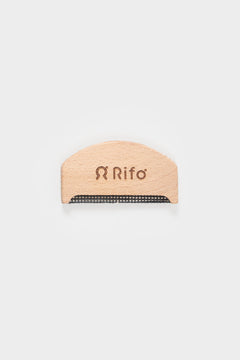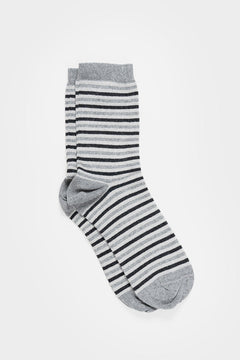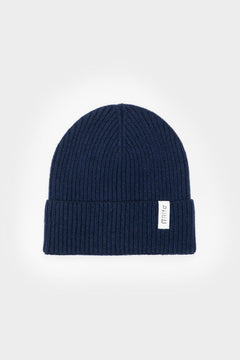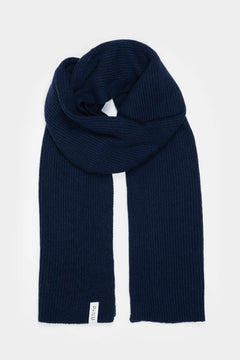Cotton is definitely the most popular textile material in the world. It is used for the production of T-shirts, jeans, underwear, but also fabrics for furnishings and home. Talking about clothing which is the most sustainable, organic cotton or recycled cotton?
Its huge consumption makes it one of the main causes of global pollution. In fact, its production requires intensive cultivation, with wide use of pesticides; moreover, for its processing it needs huge quantities of water and dyes.
In addition to all this we should consider that the main crops of this material take place in countries where the exploitation of work is quite common, such as India and Pakistan.
When we talk about ethical and sustainable fashion we often meet terms such as organic cotton, the cultivation of which has less impact on the environment.
In this blog article we would like to talk about organic cotton and explore the difference between an organic virgin cotton and recycled cotton, trying to understand which one represents the most sustainable choice.

Cotton cultivation
Let's start where this material comes from: the plant.
Cotton plantations need a hot and dry climate, in fact they are historically widespread in continents such as Asia, Africa and America. Just think of the black slaves of America bent to collect cotton in Virginia's field. In fact, cotton is obtained by spinning the fiber balls, which, once the fruit is dried, are used by the plant to protect its seeds.
The huge demand for cotton in the world leads to very extensive and intensive crops that deplete the soil and pollute, often leading to an increase in the incidence of death from cancer in the local population.
To get an idea of what the cultivation of cotton represents in the world we can take the example of the United States: here the cotton is grown on 12 million acres, an area greater than the entire Po Valley in Italy.
On these areas, very large tractors, or even planes, pass by spreading pesticides and chemicals, in order to guarantee abundant and efficient crops.
Organic cotton characteristics
The main difference between organic cotton and non-organic cotton begins with the fundamental part of the plant: the seed.
The seeds that are used to grow traditional cotton are genetically modified and treated with insecticides.
All this to ensure maximum yield and to be able to meet the market demand, spoiled by disposable fast fashion consumption.
Organic cotton is therefore made up of an older plant, whose production is more compatible with the ecosystem.
But paradoxically, the cultivation of organic cotton saves water. Having a lower yield in fact, it leaves the soil richer in mineral salts.
Always to respect the land, cultivation also includes a technique called crop rotation. This mechanism allows us not to destroy the soil, but to make it more fertile and so to need less water, alternating the crops year after year.
Organic cotton should also be harvested by hand. This guarantees greater purity of the fiber compared to machine harvesting in large plantations.
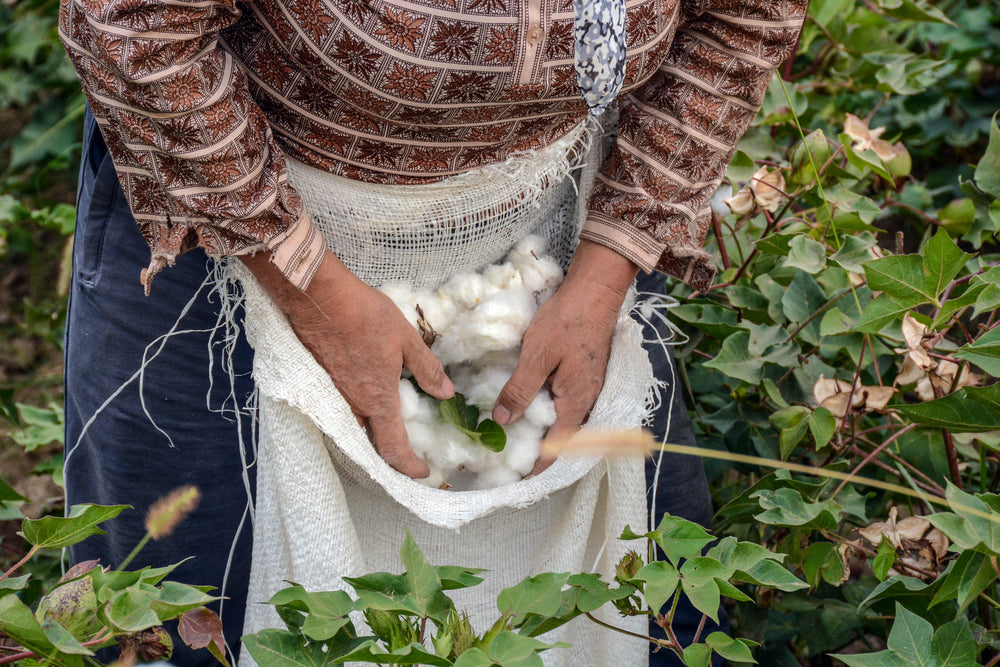
As with all crops recognized as organic, organic cotton cultivation is carried out respecting the environment and workers. It is also certified by internationally recognized standards. They are independent companies to issue the certifications, after checking the whole process: from cultivation to production.
To find out if the shirt you are buying is made with real organic cotton, you can take a look at the label and check if one of the recognized certifications is present, usually these:
- OCS organic cotton
- OCS 100 organic cotton
- Organic cotton GOTS
Organic cotton benefits and recycled cotton benefits
So let's recap the advantages of choosing organic cotton:
- Reduction of global pollution
- Reduction of consumption of water and energy resources
- Use of ancient and non-genetically modified seeds
- Reduction of diseases caused by harmful substances in the air
- Protection of workers' physical health and boycott of child labor exploitation
- Purity of the fibers
All these advantages can be found in a minimal part of the cotton produced. In fact, organic cotton is rare: only 1% of the cotton produced worldwide is certified organic.
Although the environmental impact of organic cotton over traditional cotton is certainly preferable, it still must be grown. So it is not equal to 0. What if we delete this part too?
The only cotton that doesn't need to be grown is the one that already exists, the one recycled therefore from industrial waste or old clothes.
In this case the cultivation of cotton, whether organic or intensive, can halve its environmental impact. In fact, it will be possible to recycle the fiber at least for one cycle.

Recycled cotton is produced from textile waste, which is frayed and reduced again to fiber and then spun again.
Recycling of cotton is therefore a mechanical process, which does not involve liquids, and reduces the consumption of water to almost 0.
Even for the coloring of recycled cotton in many cases water is not necessary, since the waste are selected by color before, in other cases instead the cotton is dyed in yarn.
The disadvantages? Only one. Compared to virgin cotton fiber, recycled fiber is shorter, therefore it must be strengthened with a minimum percentage of natural cotton or synthetic fibers to make it resistant.
To conclude
We at Rifò always try in new ways to use recycled cotton potential. With some precautions, in fact, recycled cotton can match the results of virgin cotton, as in the case of Rifò towels made of 80% regenerated cotton and 20% natural cotton. In fact, we have feedback from artisans who have been working with these yarns for years and they guarantee us excellent results.
In addition to the beach towels, we tested the recycled cotton for various developments: the creation of the fabric of our T-shirts, the piquet fabric of the polo shirts, the beach towels, the shawls, and also by creating a regenerated denim cotton fabric.
Sometimes the words related to sustainable clothing can confuse: organic, natural, sustainable...
To save us from the green washing you must be informed and know how to identify the advantages of each fabric. We also should consider that the production of new materials is always a damage to the environment, while recycling and reuse are the real key to a sustainable future.
For this reason Rifò creates clothing made with recycled yarns. You can find them in our online shop!

